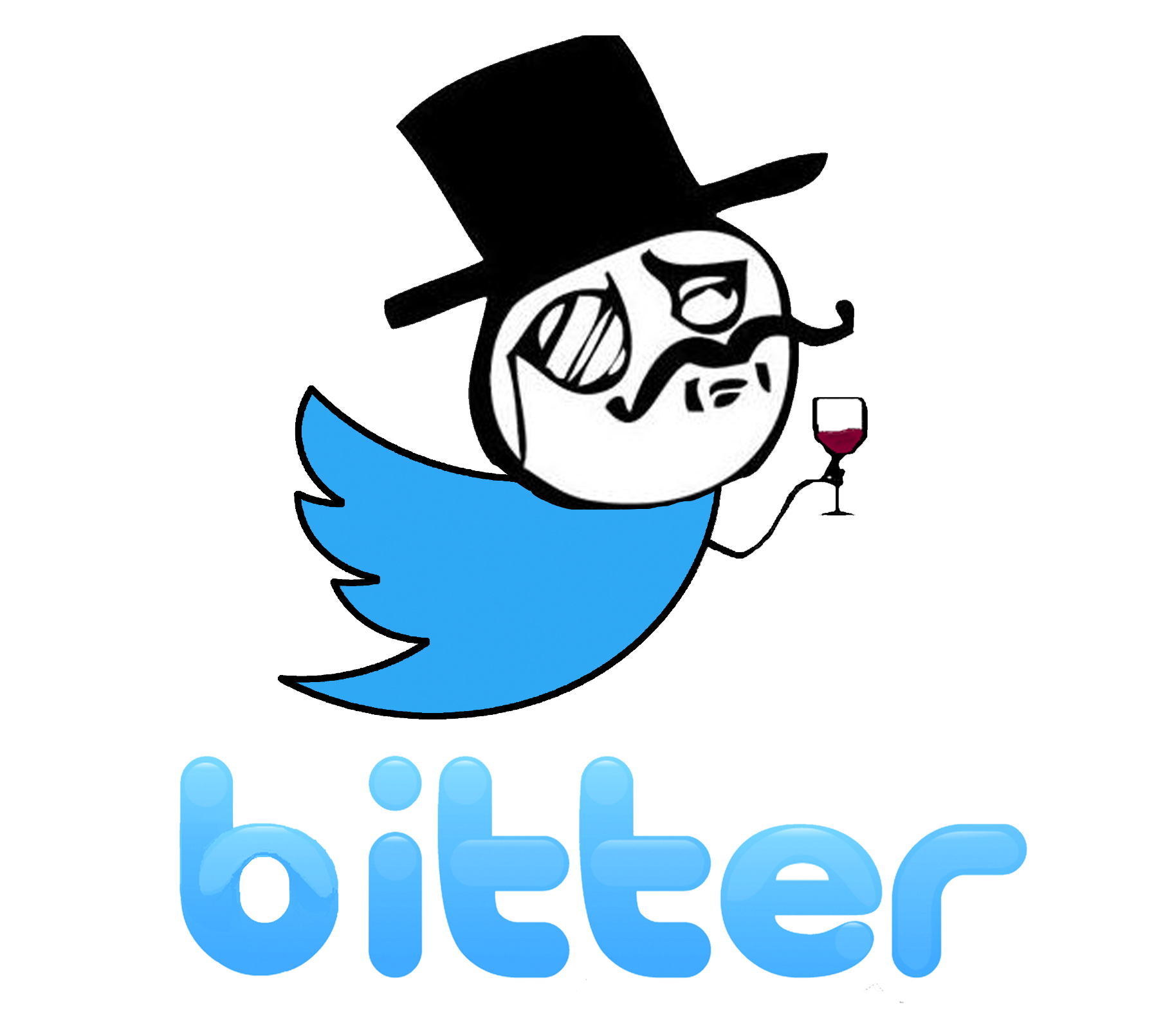Unicode!
(And how ES6 can help)
(Hypothetical Scenario)


(Thanks, Kim!)
(demo)
What does String.length actually measure?
Let's consult the standard!
The String type is the set of all ordered sequences of zero or more 16-bit unsigned integer values (“elements”)
The String type is generally used to represent textual data in a running ECMAScript program, in which case each element in the String is treated as a UTF-16 code unit value.
ECMAScript 6.0 Standard §6.1.4The length of a String is the number of elements (i.e., 16-bit values) within it.
What the 👿 is a UTF-16 code unit value‽
Unicode!
What is Unicode?
- A mapping of numbers (code points) to every character. Ever.
- Database of properties for each character (e.g., name, general category).
Code Points
Unique number given to each character
They look like this:
U+hhhh or U+hhhhhh
Range from U+0000 to U+10FFFF
1,114,112 code points available in total
(See Unicode Chapter 3)
A tour of the Unicode character space!
Code points are divided into 17 planes
The Basic Multilingual Plane

The Basic Multilingual Plane
(Plane 0)
- Characters from practically all widely-used modern-day scripts
- Code points are notated as
U+hhhh - Code points range from
U+0000toU+FFFF
All Unicode Code Points

The Astral Planes
- Everything else (Planes 1-16)
- Characters from ancient scripts, alternative scripts, pictograms, and rare and archaic CJK(V) ideograms (Chinese-style characters). Also, (most) Emoji.
- Two entire planes devoted to private use characters
- Code points are notated as
U+hhhhhh - Code points range from
U+010000toU+10FFFF
What is not Unicode?
-
a character encodingIt's several character encodings! - Code points ≠ Bytes
Code Unit
Smallest unit of storage required to store or transmit a single character in an encoding scheme
Ways of transmitting code points
- UTF-8
- UTF-16
- UTF-32/UCS-4
UTF-16 needs two code units to represent one astral code point
Back to our problem...
We want to count code points and not code units
Enter:
String.prototype[@@iterator]
(String.prototype.codePointAt() exists too)
When the @@iterator method is called it returns an Iterator object (25.1.1.2) that iterates over the code points of a String value, returning each code point as a String value.
Compare
let a = [];
for (let c of s) {
a.push(c);
}
vs.
var i, a = [],
for (i = 0; i < s.length; i++) {
a.push(s[i]);
}
Let's fix our code!
Trick: Use Array#from
(it just does this:)
function (s) {
let a = [];
for (let c of s) {
a.push(c);
}
return a;
}
Change of plans

(Thanks, Kim!)
(demo)
Three different ways of writing 🍲
- phở = o + ◌̛ + ◌̉
- phở = ơ + ◌̉
- phở = ở
There are multiple ways of representing the same abstract character sequence
Normalization forms!
Useful for comparing different representations of the same abstract character sequence
- NFD Canonical decomposition
- NFC Canonical decomposition, followed by Canonical Composition
- NFKD Compatibility Decomposition
- NFKC Compatibility Decomposition, followed by Canonical Composition
(See UAX #15)
Canonical (De)composition
- NFD: ở ⇒ o + ◌̛ + ◌̉
- NFC: ở ⇒ ở
Enter:
String.prototype.normalize()
When in doubt, use
NFC
Let's fix our app!
Compatibility
Check the compatibility table!